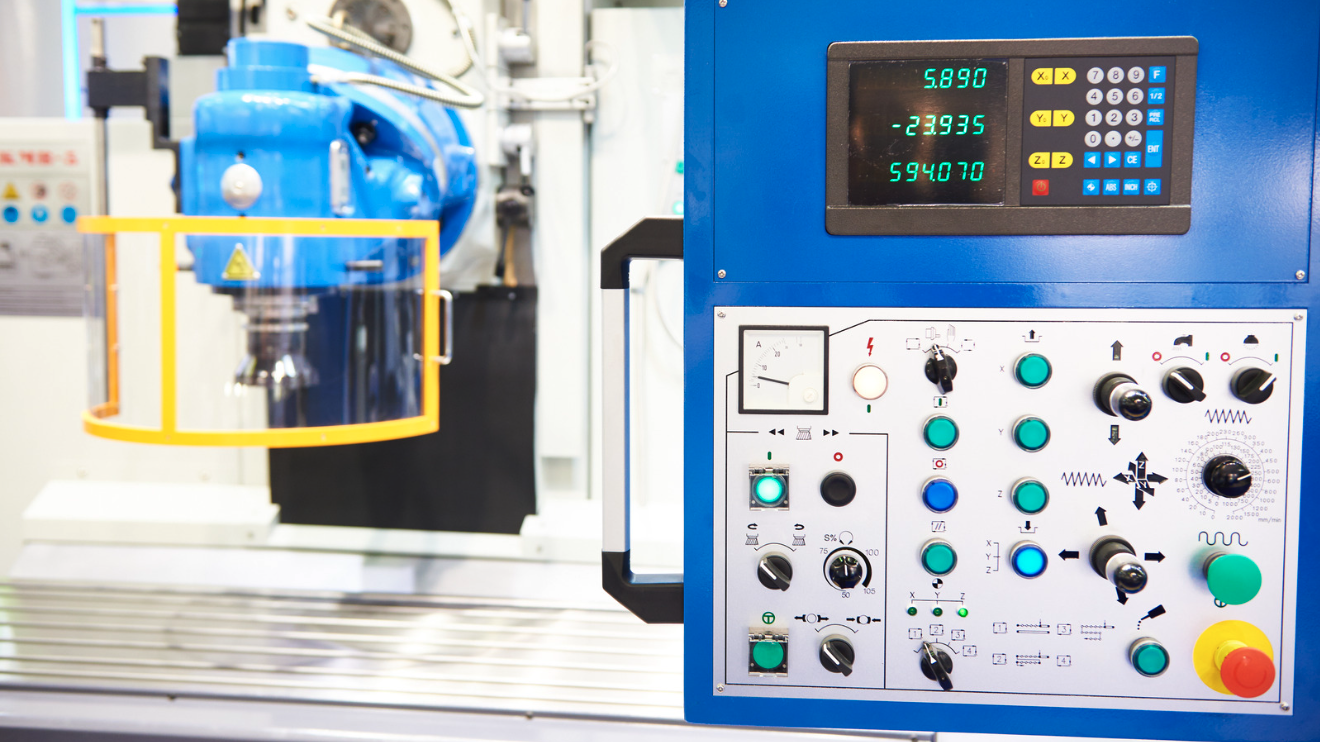What Is Programmable Logic Controller (PLC) and How Does It Work?
by Quotebeam Team
Jan 23, 2024

In the realm of manufacturing and automation, Programmable Logic Controllers (PLCs) play a crucial role in orchestrating processes seamlessly. Let's unravel the essence of PLCs in a nutshell.
What is a Programmable Logic Controller (PLC)?
A Programmable Logic Controller (PLC), a condensed term for Programmable Logic Controller, stands out as a specialized digital computer meticulously designed for the intricate realm of industrial control systems. In contrast to general-purpose computers, PLCs are dedicated entities with a singular focus – the precise control and management of manufacturing processes and machinery situated on the bustling factory floor. This specialization is pivotal, allowing PLCs to operate with heightened efficiency and reliability in environments where precision and real-time decision-making are crucial.
How does a PLC work?
In the world of industrial automation, Programmable Logic Controllers (PLCs) operate like conductors, ensuring machinery follows a precise routine. Imagine PLCs as decision-makers receiving real-time information from sensors and input devices, and engineers craft a program like a musical score, guiding the PLC to make decisions for smooth operations. This orchestration ensures machines work in harmony, illustrating the simplicity and sophistication of PLCs in industrial automation.
Where is a PLC used?
PLCs play a crucial role across a myriad of industries, seamlessly integrating into processes that define modern manufacturing. In food processing, they ensure consistency and safety by regulating the various stages of production, from mixing ingredients to packaging. Their versatility extends to sectors like pharmaceuticals, energy, and beyond, where they serve as the backbone of control systems, ensuring efficiency and reliability in diverse applications. The ubiquity of PLCs underscores their indispensable role in shaping the landscape of industrial automation.
What are the different types of PLC?
PLCs come in three main types:
- Modular PLCs: Customizable and scalable, ideal for complex applications requiring flexibility.
- Compact PLCs: Space-efficient, designed for applications with limited space availability without compromising functionality.
- Rack-Mounted PLCs: Installed in standard racks, providing a centralized control system with easy maintenance.
Advantages and Disadvantages of PLCs
Explore both the advantages and disadvantages of PLCs in the information provided below.
Advantages:
- Reliability: PLCs are renowned for their robustness in industrial environments, ensuring consistent performance in challenging conditions, and contributing to overall operational efficiency.
- Flexibility: Easily reprogrammable, PLCs adapt swiftly to changes in manufacturing, making them a dynamic solution for evolving industrial needs, from production line modifications to workflow alterations.
- Cost-Effective: Economical and efficient, PLCs reduce operational costs without compromising performance, making them a preferred choice for controlling complex processes in industrial automation.
Disadvantages:
- Programming Complexity: Skilled personnel are essential for developing PLC programs due to their complexity. Specialized knowledge is required, presenting a challenge in ensuring effective programming and seamless integration into manufacturing processes.
- Limited Computing Power: While excelling in control and automation, PLCs may lack the computing power of general-purpose computers. This limitation can restrict capabilities in applications requiring extensive computational resources, highlighting the need for careful consideration in specific use cases.
In conclusion, PLCs are pivotal in modern industrial automation, offering precise control and monitoring capabilities. Understanding their functionality and types equips professionals with the knowledge needed to navigate the dynamic landscape of technology in manufacturing.
